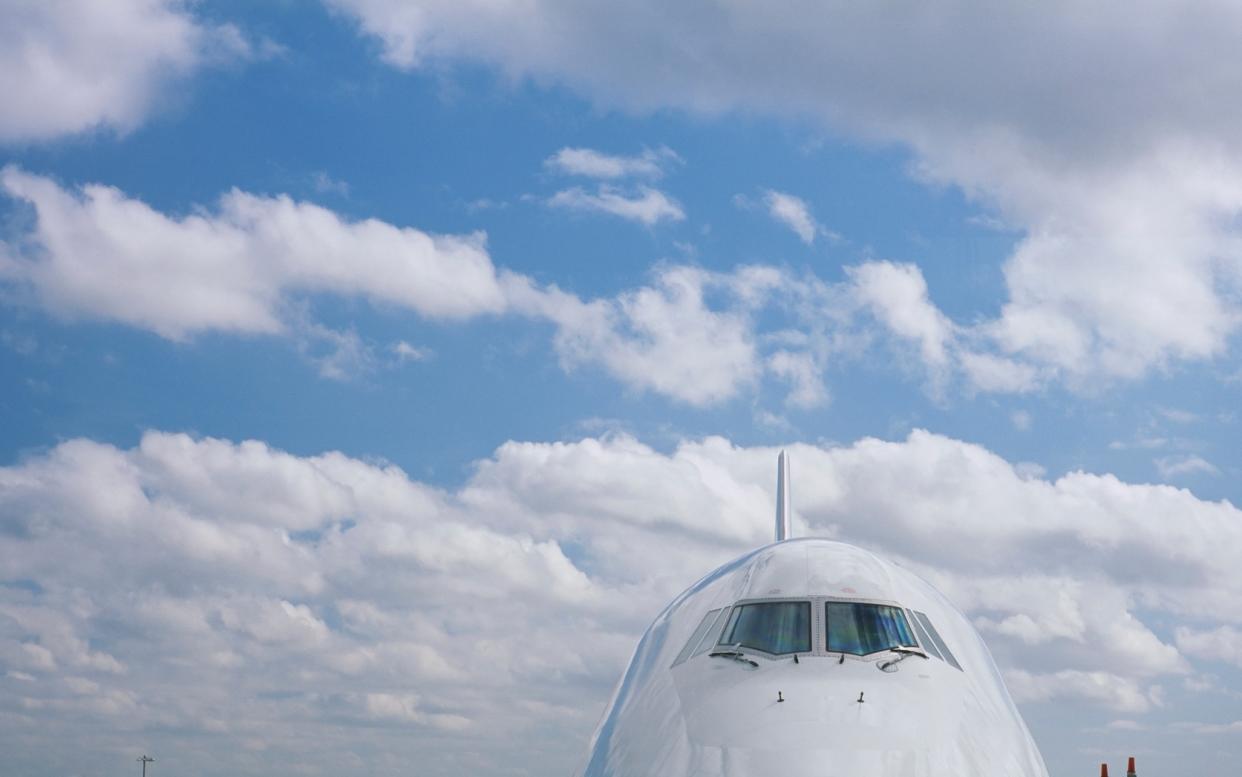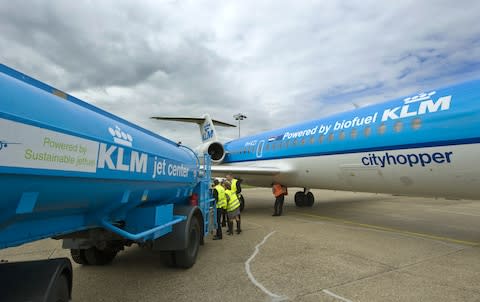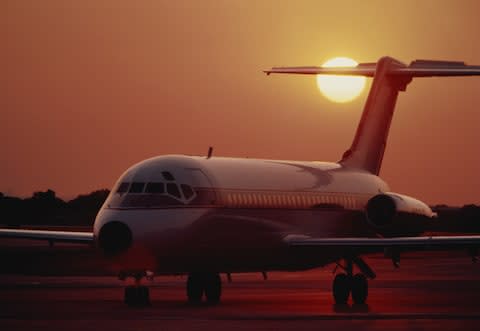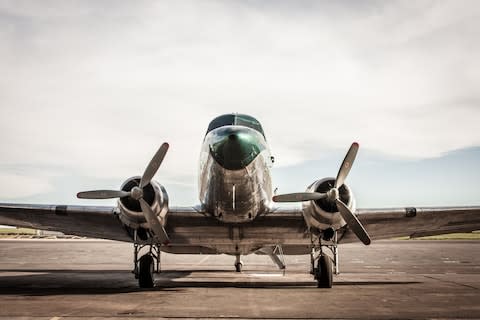The iconic aircraft disappearing from the skies – including the 747

Nine of the most important aircraft facing extinction.
Boeing 747
The 747 will remain in the sky for some time to come – a remarkable 1,547 have been built and delivered since 1966 - including five this year, all bound for logistics behemoth UPS - and they remain an important part of countless airline fleets, including that of British Airways, which owns 36 jumbo jets (more than any other carrier bar Atlas Air), and Virgin Atlantic, which has eight. A little over 500 are still in service and the oldest “active” 747, according to the website Airfleets.net, made its maiden flight on July 13, 1969 (exactly one week before man first set foot on the moon) and belongs to Iran’s Caspian Airlines.
But they are slowly being phased out. BA has retired five in the last 12 months and said the model will be gone from its hangers by 2024. Last year United waved goodbye to its final 747, with a farewell flight from San Francisco to Honolulu (recreating the route of its first 747 service in 1970), as did its US rival Delta. KLM has binned two in 2018 (last year we reported on the final flight of one of its jumbos, registration PH-BFR, which was greeted on the runway by a herd of deer). Before long this iconic aircraft, the world’s biggest passenger plane for 37 years, will be the preserve of the planet’s smaller airlines and cargo companies.
Fokker 100/70
The largest aircraft built by Dutch manufacturer Fokker before it declared bankruptcy in 1996, the Fokker 100 and its smaller sibling, the Fokker 70, are rapidly disappearing from the skies. KLM, the world’s oldest airline and for decades its biggest customer, retired its final Fokker in October 2017, and only around a dozen of either model are still flying in Europe (Helvetic Airways, based in Switzerland, is the continent’s biggest Fokker operator, with five). Virgin Australia Regional Airlines still uses the Fokker 100 (it has 14), but is planning to replace them with ATRs. Other airlines still flying the Dutch aircraft include Iran Air (3), Papua New Guinea's Air Niugini (7), and Air Panama (5).

Boeing 727
The trijet was certainly popular for a time. The Hawker Siddeley Trident, which first flew in 1962, the Lockheed Tristar, introduced in 1972, the Tupolev Tu-154, unveiled in the same year, and the DC-10, which debuted in 1971, are notable examples. But they soon fell from favour, making the sight of an aircraft with a middle engine now truly novel. Boeing’s only trijet, the 727, has been out of production since 1984 (1,832 were built over 22 years), but is still used by a few carriers. Once again it is Iran holding the torch for outdated aircraft, with Iran Aseman Airlines still operating two 727-200s as of July 2018 (it also has seven Fokker 100s). Kalitta Charters, based in Michigan, is another that still flies them.
McDonnell Douglas DC-9
McDonnell Douglas has been defunct since 1997, but its aircraft can still be seen, though in ever decreasing numbers. Almost 1,000 DC-9s were built, but only 36 are still in the sky, almost all of which are running cargo services.
Until this year passengers with LASER Airlines, based in Venezuela, could board a DC-9. But now it only operates the equally venerable MD-80 (more on which below).
Fly SAX, based in Kenya, still has one, however. It is 52 years old and can still be seen hopping between the country’s airports.
McDonnell Douglas DC-9
McDonnell Douglas has been defunct since 1997, but its aircraft can still be seen, though in ever decreasing numbers. Almost 1,000 DC-9s were built, but only 36 are still in the sky, almost all of which are running cargo services.
Until this year passengers with LASER Airlines, based in Venezuela, could board a DC-9. But now it only operates the equally venerable MD-80 (more on which below).
Fly SAX, based in Kenya, still has one, however. It is 52 years old and can still be seen hopping between the country’s airports.
McDonnell Douglas MD-80/90
The MD-80 (and its variant, the MD-90) has been out of service for almost 20 years, but a couple of US airlines still use them. Delta has 138, according to Airfleets.net, the oldest of which was delivered in 1987, while American Airlines has 30, the oldest of which arrived in 1989. Expect them to be phased out slowly but surely over the coming years.

Ilyushin Il-18
This turboprop was one of the most iconic Soviet airliners - at a time when the sprawling country’s questionable air safety record was something of a running joke - but has been out of production since 1985. In the last five years it has disappeared from the fleets of Aeroflot and Rossiya Airlines, as well as a clutch of Cuban airlines. In fact, our research suggests that only two carriers still fly them. Sri Lanka’s FitsAir, which has one for cargo services, and Air Koryo, North Korea’s national airline, often rated the world’s worst, which also owns one, but only uses it for domestic services.
Tupolev Tu-134
North Korea is also the place to go if you want to experience this Soviet throwback (though the Foreign Office advises against travel to the country) - Koryo Air has two Tu-134s on its books, though they, like the Il-18, aren’t used for international services. Kosmos Airlines, which specialises in the delivery of cargo to launch sites, is the only other operator.
McDonnell Douglas DC-3
Last year Telegraph Travel went on the hunt for the oldest passenger plane still in service. We thought we’d found it, but were subsequently pointed in the direction of Buffalo Airlines, a family-run Canadian carrier. It owns six DC-3s, a model that has been out of service since 1950. Scheduled passenger flights have been suspended, but they are available for charter services.


